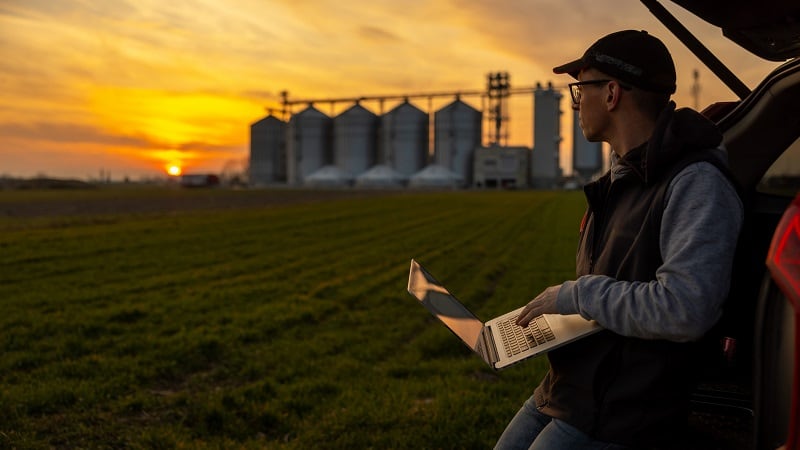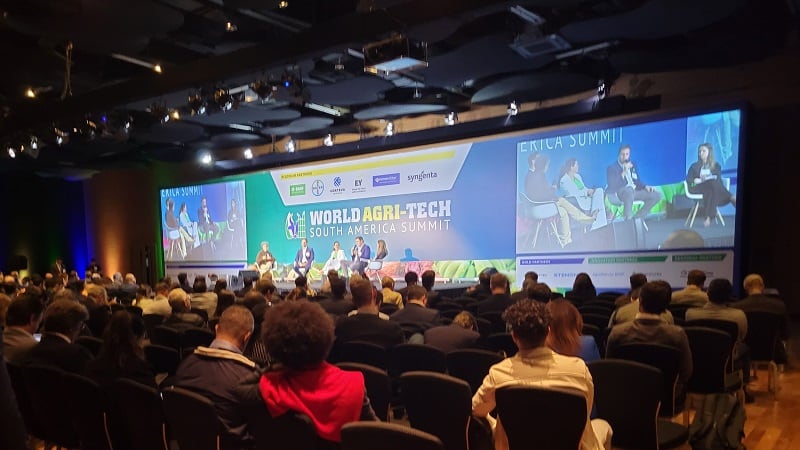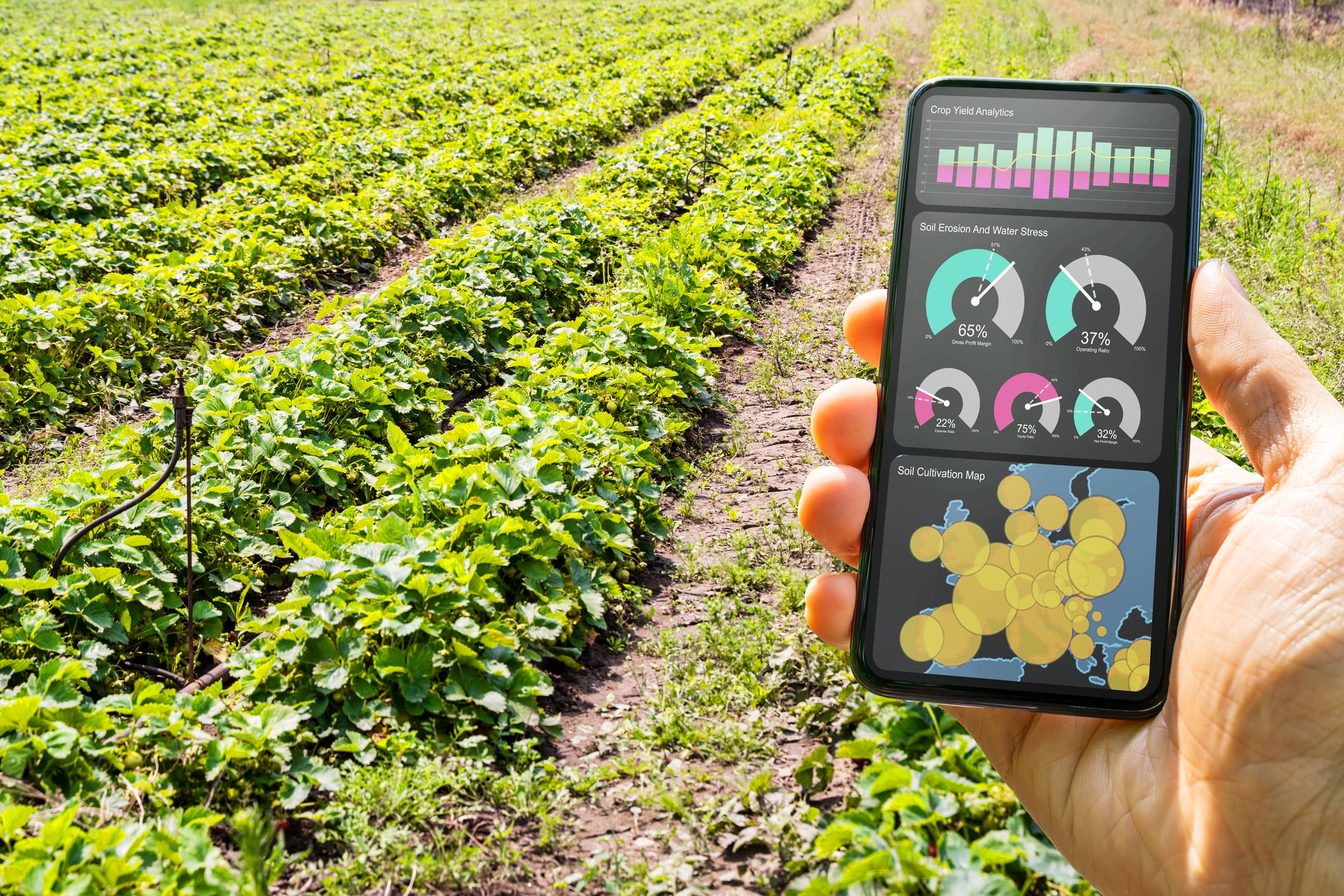From precision ag solutions to biofertilizers, agtech innovation is plentiful, but getting solutions out of the lab and into the field is a persistent challenge that has plagued the industry, experts shared on a panel moderated by Sarah Garland, founder and executive of the non-profit Triple Helix, at the Aspen Ideas Festival last week.
Ag biologicals are creating a more sustainable way to provide crops with the nutrients that they need, but “there is a lot of education on these biological tools that is needed still,” Greg Fischer, VP of finance at biologicals company Kula Bio, noted.
For its part, Kula Bio is taking a “top and bottom, push and pull at the same time” approach, where they work directly with farmers and also with distributors on improving education on the crop input, he added.
“One of the things we struggle with is actually this cloud of confusion that exists at the farm gate. How do you make sure that you can talk to the farmer and have them trust you in terms of the fact that you are going to actually deliver the value that you are promising? So even though there is all this innovation going on, it is this funnel right into every farmer that is sort of overwhelmingly,” he elaborated.
Making agtech adoption easier by de-risking
Many farmers take on risk when adopting agtech, Cristina Rohr, managing director at S2G Investments, explained. This is why the agtech ecosystem must create ways to reduce risk for farmers, including through pilot projects and unique financing options, Rohr added.
Echoing that point, the agtech industry “cannot just shift all of that technical risk to the farmer,” Ashley Grosh, VP of Breakthrough Energy, said. Start-ups can use pilot programs to discover customers and ensure they have product-market fit before aggressively expanding, Grosh explained.
“I spend my days meeting with entrepreneurs and getting to look at great technology that sounds amazing. But what we need to do is connect them and those ideas to the farmer as soon as possible because we are going to learn a lot, and then we are going to understand what the barriers are,” Grosh elaborated.
Farmers just want solutions to their problems
Despite the risk of deploying agtech solutions, farmers are actively searching for innovative solutions to address their on-farm issues, the panelists shared.
For instance, nutrient modeling can be a very complicated process that requires farmers to calculate for temperature, weather, yield potential, and more, which can be simplified by agtech, Chris Gaesser, a farmer and president of GX Agriculture, noted.
Additionally, precision agriculture technologies, like see-and-spray solutions and green sensors attached to farming implements, precisely apply chemicals, reducing input costs and lessening the environmental impact of synthetic fertilizers, Gaesser explained.
“There are a lot of factors to come together to try to develop that exact nutrient program, so you are not over or under applying [chemicals and] being efficient with your use,” Gaesser emphasized.
Additionally, many farmers are simply seeking a solution to their problem, and companies that can communicate that effectively will earn the growers’ trust and their business, Fischer explained.
“We had a farmer come up to our site in Natick, Massachusetts, and said, ‘Hey, if you can solve my [nitrogen] leaching problem, I’ll buy your product all day,’” Fischer said. The farmer “said to us that, ‘If I walk out and I look at my lettuce plants and they are yellow, I cannot recover that. So, if you can keep my nitrogen where it belongs, around the root zone, then that provides a huge insurance policy for me,’” Fischer added.





